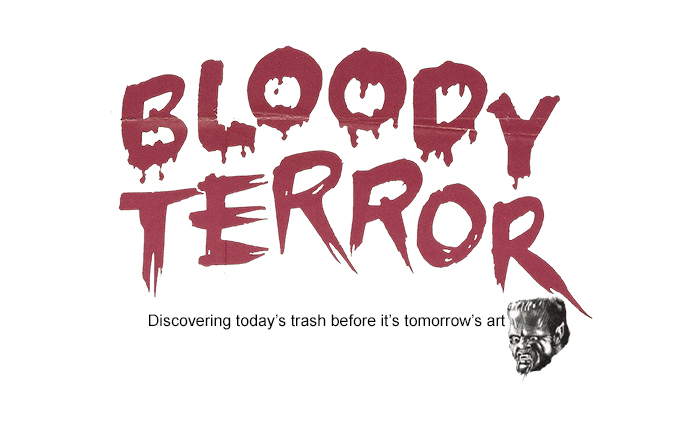 |
Dir: Jack Starrett. Cast: Peter Fonda, Warren Oates, Loretta Switt, Lara Parker. 1975.
Race with the Devil is the kind of movie that packs it all in — Satanism, car chases, motorbike racing, Peter Fonda, Warren Oates, Loretta Switt, creepy trees, and leaping snakes! It’s also the kind of movie that, once you let your defences down around, reveals itself as a pure movie-watching experience. And that’s why it’s one of my favourite horror movies.
Devil is a flick that exists to entertain. Well, it exists to make money through entertaining, but close enough, because here, we get what we came for.
A drive-in staple of the 1970’s, Race with the Devil follows two couples as they take to the back roads of Texas in a Winnebago, looking for a break from city life. Any of us who have seen Deliverance know how well that is going to go, and true to form, one boozy night, Fonda and Oates witness a Black Mass complete with sacrifice. To get things going proper, the Satanists realize they’ve been spotted, and the chase begins.
And it’s this chase that makes up the majority of the film’s running time, with stops along the way for breaks in the action, and opportunities to ratchet up the paranoia.
Director Starrett was expert at making exploitation moves work, with directorial credits that include Run, Angel Run!, Slaughter and Cleopatra Jones. After Devil, he’d go on to direct A Small Town in Texas and Walking Tall: Final Chapter. The primary actors — Fonda, Oates, Switt and Parker — are likeable, believable as couples and as friends, and many of the decisions they make are logical, given the structure of the movie. The chases are exciting, the cult scenes are suspenseful, and somehow, jamming all these varied elements together works.
If you’re in search of some PG-rated, drive-in style horror thrills, Race with the Devil is as good as it gets.









